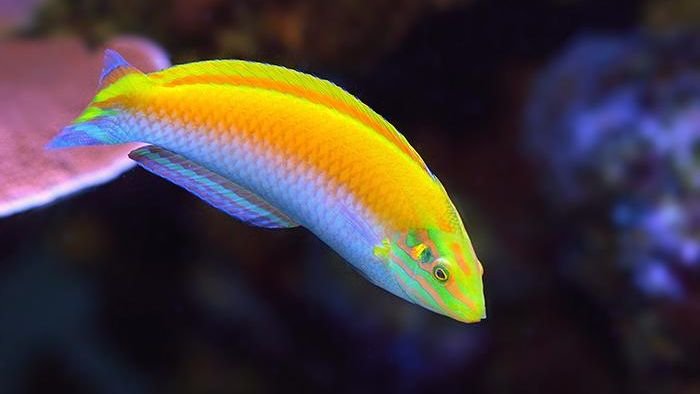- Joined
- Jun 25, 2009
- Messages
- 827
- Reaction score
- 283
Have a female. Inherently lazy - sleeps to about noon, eats, swims around for a few hours, eats and then it's off to bed. Probably sleeps 18 hours in any given day, lol.
I think by "coris" wrasses they mean the yellow coris ones, which as you pointed out aren't exactly coris wrasses...
My earmuffs wrasse is the same….last one up and first one to bed….he is so lazy…..
Darren




















